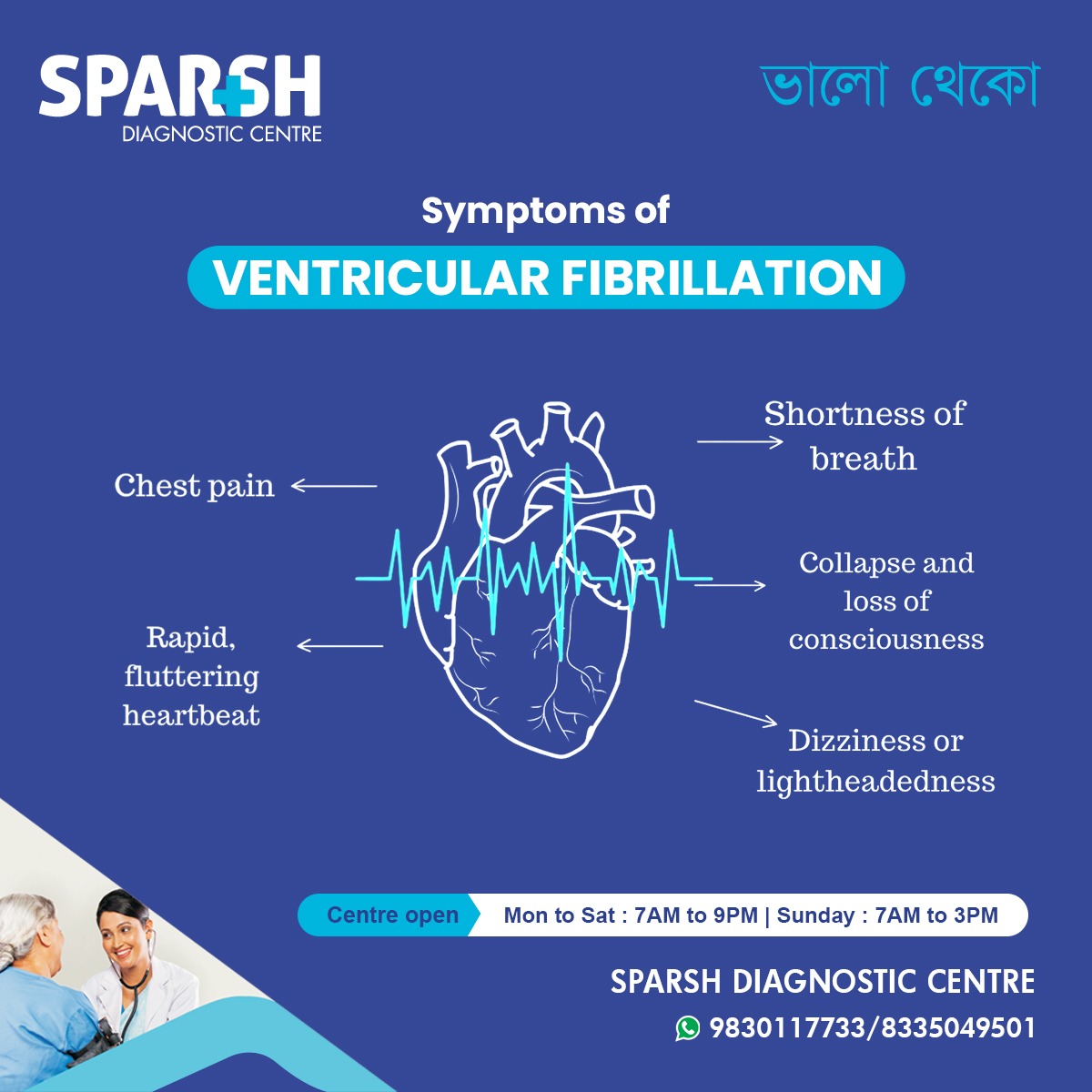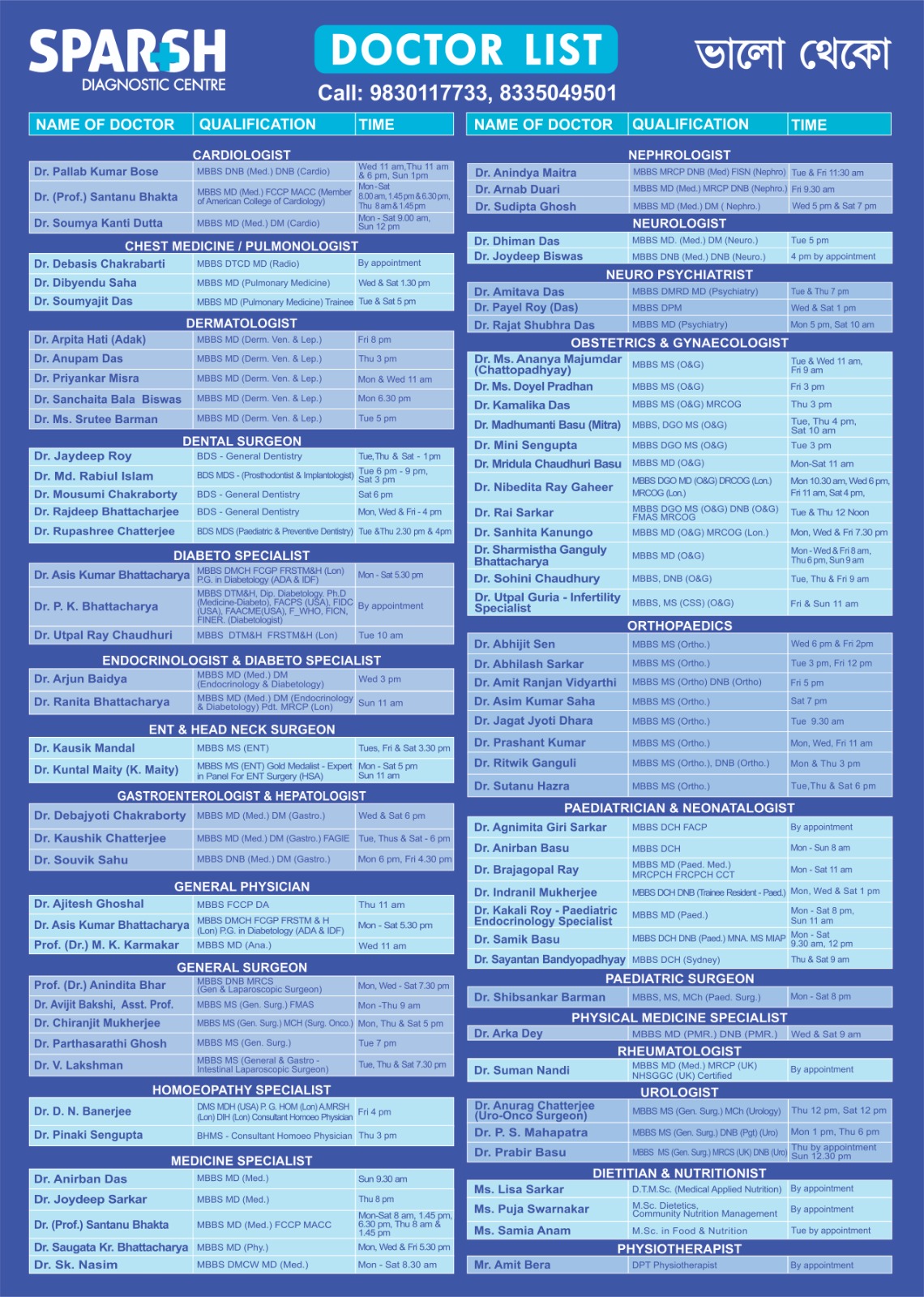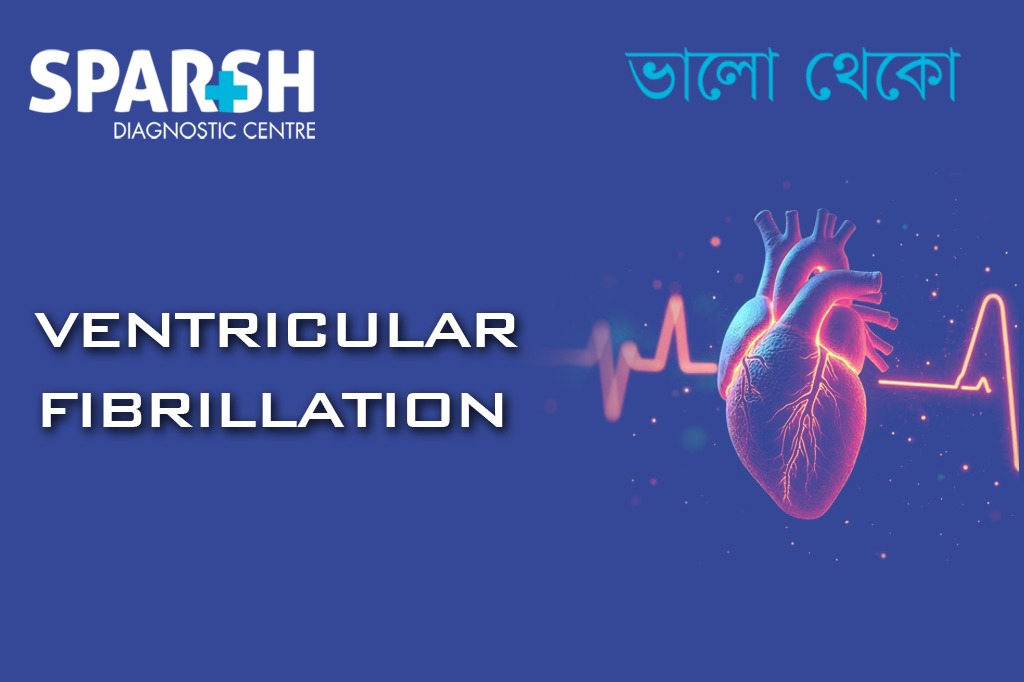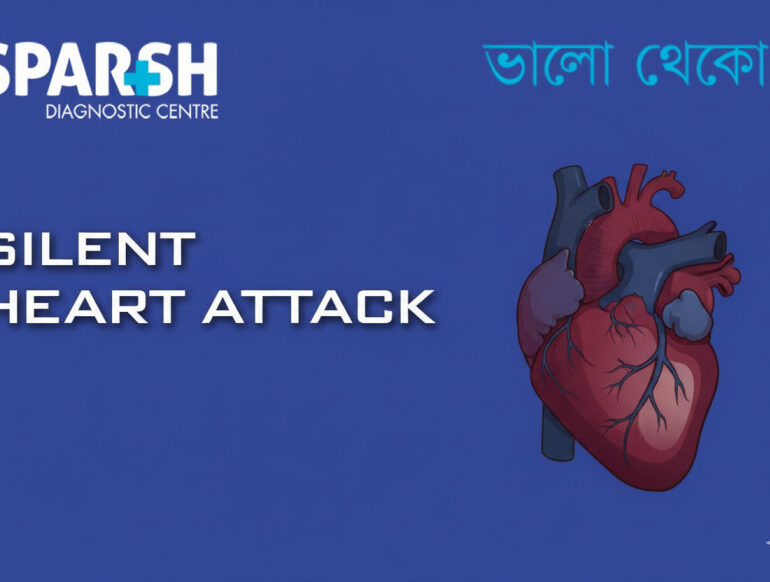The human heart relies on a synchronized rhythm to pump blood efficiently throughout the body. When this rhythm is disrupted, it can lead to severe and potentially fatal complications. Ventricular fibrillation (VF) is one such condition — a medical emergency that demands immediate attention.
In VF, the heart’s lower chambers (ventricles) quiver instead of contracting effectively, resulting in no blood flow to vital organs. Without prompt treatment, VF can cause sudden cardiac arrest and death within minutes.
Understanding VF — its causes, symptoms, diagnosis, and treatment — can save lives.
What Is Ventricular Fibrillation?
Ventricular fibrillation is a type of arrhythmia, or irregular heartbeat, where the electrical signals that coordinate the ventricles become chaotic. Instead of pumping blood, the ventricles tremble ineffectively.
This condition prevents oxygenated blood from reaching the brain, lungs, and other organs. Unless restored quickly through defibrillation (electric shock) or CPR, VF is usually fatal within minutes.
How Ventricular Fibrillation Differs from Other Arrhythmias
While many arrhythmias cause a fast or irregular heartbeat, VF is particularly dangerous because:
It leads to complete loss of pulse.
The heart stops pumping blood effectively.
It causes sudden cardiac arrest rather than a slow decline.
VF must be distinguished from ventricular tachycardia (VT) — another fast rhythm that can progress to VF if untreated.
Causes of Ventricular Fibrillation
VF often arises from underlying heart disease or a triggering event that disturbs the heart’s electrical system. Common causes include:
1. Coronary Artery Disease (CAD)
When arteries supplying the heart are narrowed or blocked, oxygen flow is reduced. This lack of oxygen (ischemia) can cause electrical instability, leading to VF.
2. Heart Attack (Myocardial Infarction)
A heart attack is one of the leading triggers of VF. Damaged heart muscle from a heart attack disrupts normal electrical conduction, precipitating fibrillation.
3. Cardiomyopathy
This condition weakens or enlarges the heart muscle, increasing the risk of irregular rhythms such as VF.
4. Electrolyte Imbalances
Abnormal levels of potassium, calcium, or magnesium can interfere with electrical activity in the heart.
5. Severe Heart Failure
Patients with advanced heart failure have a higher likelihood of VF due to chronic electrical instability.
6. Electric Shock or Trauma
An electric shock or blunt chest injury can directly trigger VF.
7. Drug Toxicity
Certain medications or recreational drugs (like cocaine or amphetamines) can alter heart rhythm.
8. Genetic Conditions
Inherited disorders such as Long QT Syndrome or Brugada Syndrome can predispose individuals to VF.
Symptoms of Ventricular Fibrillation
VF symptoms appear suddenly and severely. The key symptoms include:
Rapid, fluttering heartbeat
Dizziness or lightheadedness
Collapse and loss of consciousness

Initially, patients may feel palpitations or chest discomfort, but within seconds, they can lose consciousness and stop breathing.
Without intervention, brain death can occur within 4–6 minutes due to lack of oxygen.
Who Is at Risk for Ventricular Fibrillation?
Certain individuals are more susceptible to VF, including those who:
Have had a previous heart attack
Live with coronary artery disease or heart failure
Have a family history of sudden cardiac death
Suffer from electrolyte imbalances
Use stimulant drugs or excessive alcohol
Experience severe emotional or physical stress
Men over 45 and people with lifestyle risks such as smoking, obesity, and hypertension are also at higher risk.
Diagnosis of Ventricular Fibrillation
VF is typically diagnosed during an emergency, as patients are often unresponsive or in cardiac arrest. However, diagnostic tests can identify the cause or predisposition for VF.
1. Electrocardiogram (ECG)
An ECG records the heart’s electrical activity and shows the chaotic, irregular pattern typical of VF.
2. Blood Tests
Tests for cardiac enzymes (like troponin) detect heart damage, while electrolyte levels reveal imbalances that could trigger VF.
3. Echocardiogram
This ultrasound test helps assess structural heart problems such as cardiomyopathy or valve disease.
4. Coronary Angiography
A catheter-based test that detects blockages in coronary arteries, often performed after stabilization.
5. Cardiac MRI or CT
Advanced imaging provides detailed views of the heart’s structure and any damaged tissue.
6. Electrophysiological Study (EPS)
This test maps electrical impulses within the heart to identify abnormal circuits that could cause VF.
At Sparsh Diagnostic Centre, comprehensive cardiac evaluations — including ECG, Echocardiography, and blood tests — help in early detection and prevention of life-threatening arrhythmias.
Emergency Treatment of Ventricular Fibrillation
VF is a medical emergency that requires immediate life-saving treatment.
1. Cardiopulmonary Resuscitation (CPR)
CPR maintains limited blood flow to the brain and vital organs until defibrillation is available.
2. Defibrillation
A defibrillator delivers an electric shock to reset the heart’s rhythm. This is the most crucial step in reviving a patient with VF.
3. Advanced Cardiac Life Support (ACLS)
Medical teams use medications and procedures alongside CPR and defibrillation to restore normal rhythm.
Post-Resuscitation Care
Once the heart rhythm is restored, patients require intensive care and monitoring. Treatments focus on preventing recurrence and addressing underlying causes.
1. Medications
Antiarrhythmic drugs (e.g., amiodarone, lidocaine) to stabilize rhythm
Beta-blockers to reduce stress on the heart
ACE inhibitors or statins if coronary artery disease is present
2. Implantable Cardioverter Defibrillator (ICD)
An ICD is a small device implanted in the chest that monitors heart rhythm and automatically delivers shocks when VF is detected.
3. Coronary Angioplasty or Bypass Surgery
If VF is caused by blocked arteries, procedures to restore blood flow may be necessary.
4. Lifestyle Modifications
Quit smoking and limit alcohol
Maintain a healthy weight
Control blood pressure and cholesterol
Exercise under medical guidance
Complications of Ventricular Fibrillation
If untreated, VF leads to sudden cardiac arrest and death within minutes. Even when treated, complications may include:
Brain damage due to oxygen deprivation
Organ failure from prolonged low blood flow
Recurrent VF episodes requiring ongoing monitoring
Prompt recognition and emergency action are key to survival and recovery.
Prevention of Ventricular Fibrillation
Preventive strategies focus on managing underlying heart disease and reducing risk factors:
Regular Heart Check-ups: Routine ECG and cardiac evaluations can detect early abnormalities.
Treat Heart Conditions Early: Control hypertension, diabetes, and cholesterol.
Healthy Lifestyle: Eat a balanced diet, exercise, and avoid smoking.
Medication Adherence: Take prescribed drugs as directed by your cardiologist.
Avoid Triggers: Limit alcohol and avoid stimulant drugs.
ICD for High-Risk Patients: Implantable defibrillators are life-saving for those prone to recurrent VF.
Living with Ventricular Fibrillation
Recovery from VF depends on quick treatment and effective long-term management. Many survivors live full lives with ICDs and proper medical care.
Regular follow-ups, adherence to medication, and lifestyle adjustments significantly reduce recurrence risk.
At Sparsh Diagnostic Centre, patients receive personalized care through comprehensive cardiac testing, expert consultation, and preventive heart health programs to monitor and maintain heart rhythm stability.
When to See a Doctor
Seek immediate medical help if you experience:
Persistent chest pain or palpitations
Shortness of breath
Fainting spells
A family history of sudden cardiac arrest
Never ignore these warning signs — early detection saves lives.
FAQs on Ventricular Fibrillation
1. Is ventricular fibrillation the same as cardiac arrest?
Ventricular fibrillation is one of the main causes of cardiac arrest. In VF, the heart stops pumping blood effectively, leading to cardiac arrest.
2. Can ventricular fibrillation be reversed?
Yes, but only with immediate defibrillation and CPR. Delays of even a few minutes drastically reduce survival chances.
3. What’s the survival rate for VF?
With prompt CPR and defibrillation, survival rates can reach 50–70%. Without intervention, it’s almost always fatal.
4. Who is most at risk of VF?
People with prior heart attacks, coronary artery disease, or heart failure are at the highest risk.
5. Can VF occur without heart disease?
Though rare, VF can occur in people with normal hearts due to electrical disturbances, genetic syndromes, or drug toxicity.
6. How can I prevent ventricular fibrillation?
Managing heart health through lifestyle changes, regular check-ups, and treatment of underlying conditions helps prevent VF.
7. What tests help detect VF risk?
ECG, Echocardiography, and blood tests at a diagnostic centre can identify underlying heart rhythm issues early.
8. Why is immediate defibrillation important?
Defibrillation resets the chaotic rhythm to normal, restoring blood circulation — every minute of delay reduces survival by 7–10%.
Ventricular fibrillation is a deadly heart rhythm disturbance that strikes suddenly and without warning. Rapid recognition and immediate action — through CPR and defibrillation — can make the difference between life and death.
However, prevention through regular heart evaluations, healthy habits, and proper management of cardiac conditions remains the best defense.
If you experience chest pain, fainting, or palpitations, consult your doctor immediately.
For reliable and advanced cardiac testing — including ECG, Echocardiography, and blood investigations — visit Sparsh Diagnostic Centre.
Your heart deserves timely care. ❤️
#BhaloTheko
Disclaimer:
No content on this site, regardless of date, should ever be used as a substitute for direct medical advice from your doctor or other qualified clinician.

![]()






[…] heartbeat or rhythm disturbances can lead to severe outcomes like ventricular fibrillation or cardiac […]